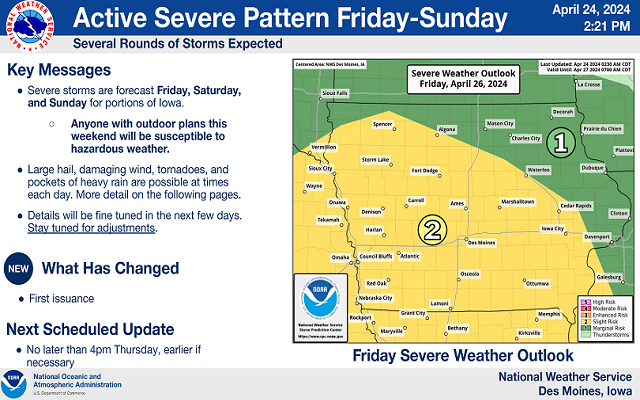Black soot on combines after corn harvest may not be cause for worry

CLARION — Iowa farmers are making progress on the fall harvest, but some say their combines have been dirty, dusty, and becoming black in color when they’re done harvesting corn for the day.
Iowa State University Extension and Outreach field agronomist Angie Rieck-Hinz says some farmers may think that black coating is what’s called “tar spot,” but that’s likely not the case. “When we get to this time of year and that corn matures, those leaves get infected with a saprophytic fungi, which just means they feed on dead tissue and those fungi are actually what breaks down our crop residue in the field. So they’re not a bad thing. They don’t cause any big concern for livestock feed.”
Rieck-Hinz offers some advice for those harvesting corn. “You can always take a look at those leaves. Tar spots pretty easily distinguish even still at this time of year. That black, dark spot is bigger than those saprophytic fungi spots. It’s darker in color and it’s actually raised. The saprophytic fungi does not exhibit those characteristics. So if you’re concerned, just take a leaf and look before you run that combine through those fields.”
Rieck-Hinz says she has heard of corn yields between 140 and 240 bushels an acre, while soybean yields have been between 40 and 75 bushels an acre.



